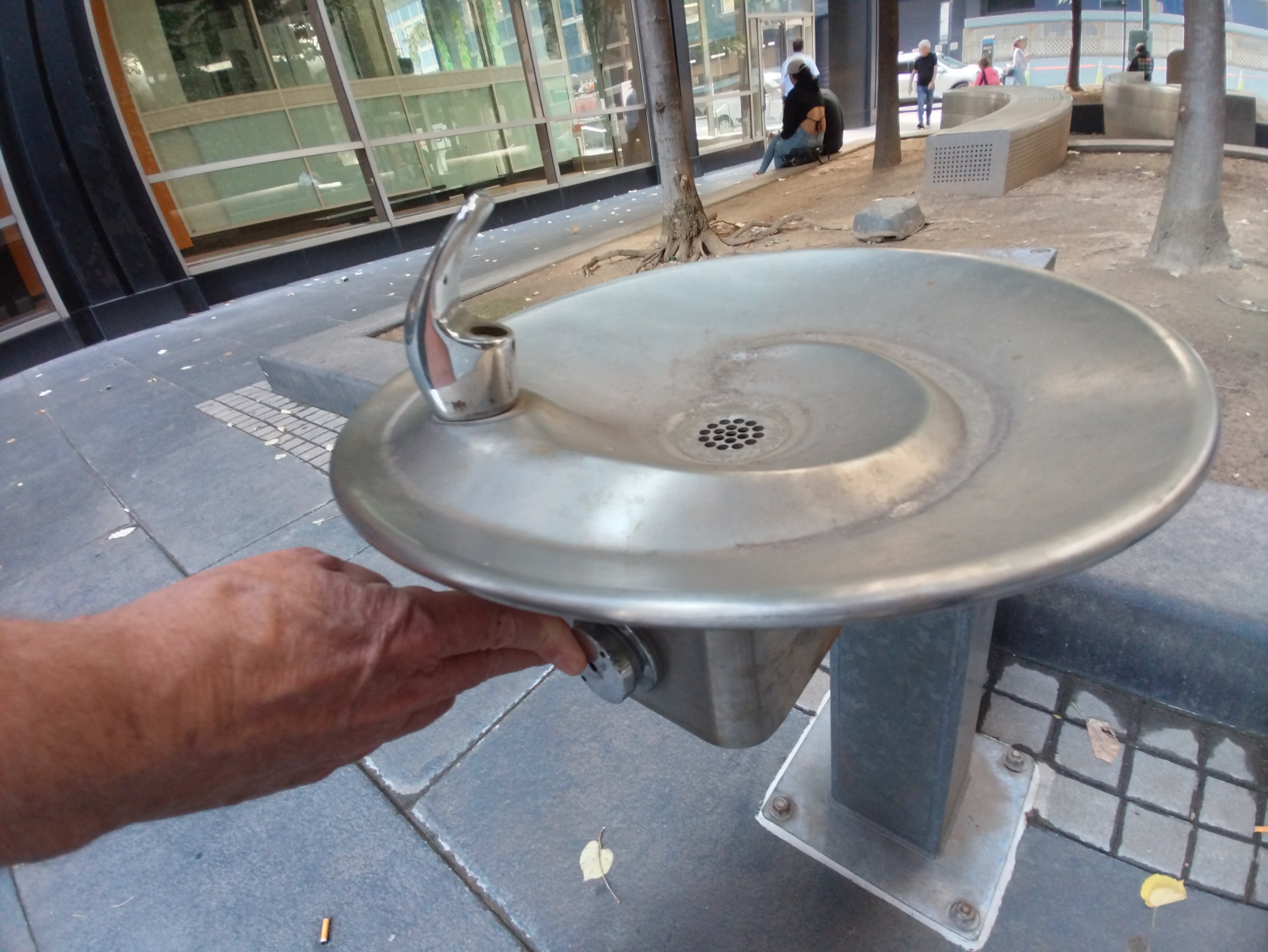Urban Plunge: Will 622 Third Avenue Rise Again?
Photo via Bing Image Creator
Vast Empty Commercial Space May Be a Sky-High Opportunity, Not a Blight
Otherwise-troubled office buildings in ailing urban locations such as midtown Manhattan could be reimagined as urban logistics hubs. That’s right, warehouses, but not in manufacturing structures or brownfield lots. But in quickly and cheaply retrofitted A-list office buildings in the heart of most American cities.
A case study for such “sky-storage,” is 622 Third Avenue in New York, a 39-story black steel structure currently owned by Cohen Brothers Realty Corporation. The building features about 1 million square feet of leasable space, reportedly cut up into 23 commercial sections, with 15 active listings. Public documents estimate the assessed value is about $311 million.
Built in 1974 as the home to large advertising agencies, 622 Third Avenue has fallen on hard times.
But for anyone who takes the time to contemplate this structure in person, this is a building in deep trouble. There’s major structural damage to the underside of the lobby ceiling. Windows are blown out on the west-facing walls. Reports are, there was a fire. The pedestrian mall is worn and features dirty plastic ivy. Water fountains don’t work. While business has been booming for tenants like ad agency McCann, most say the hiring has been virtual. Few want midtown workspace.
Water is not the only thing not working here, foot traffic in and out was essentially nonexistent.
When less than 15 people emerge from a million-square foot office building located just three blocks from Grand Central station, at rush hour, it’s not an idle speculation to wonder what the exact definition is of “vacant.”
Storage in the Clouds
By contrast, 622 Third’s emerging value as a logistics hub stems from its proximity to the transportation lines in the Midtown Tunnel. It's a few blocks east and south. Nothing close to heavy density residential structures lie anywhere at hand. The sturdy 622 Third is also ideal for the heavy loads of warehousing. It was engineered in the 1970s, using an overbuilt steel-girder method that features enormous load-carrying capacity, open spaces, and an over abundance of centrally-located elevators.
But the critical factor for 622 Third is its location inside New York City’s soon-to-be-deployed Central Business Tolling Program. Often called congestion pricing, Central Business Tolling would add steep costs to trucks that meander around town inefficiently. 622 Third would be the ideal staging solution for the bulk organizing and local distribution of goods from large trucks and containers.
The logistics are non-complex. During low-congestion periods, usually at night and on weekends, fully-loaded tractor trailers will pull into what was once the lobby of 622 Third Avenue. There is plenty of space for side by side parking, by our measure. The trick would be trailers would be rapidly unloaded vertically through removable access doors in the roofs of the trucks.
Solid conceptual design exist for vertical warehouse automation, like this one from Swisslog.
Such open top rail cars, reduce loading times by about two-thirds. The unloaded goods would then be routed via automatic vertical logistics sorters, through the 39 floors of 622 Third. Once deliveries are done for the day, the fleet of smaller local delivery vehicles, probably electric ones, would be loaded back through the lobby. Then it’s off for sensible on-street deliveries throughout a suddenly uncongested downtown area.
Researchers say such urban warehouses make for excellent neighbors. Consultants are lining up to offer urban fulfillment center support and services. City officials are streamlining the process of bringing new ideas to commercial real estate.
The open-top trucking required for rapid loading and unloading is well-developed and reliable.
There will be questions to finesse: Neighborhood resistance; managing the truck traffic. What happens in an emergency? There will be much explaining to do. But the brand value to a major logistics operator like Amazon, in having its name confidently aside the tallest warehouse in America will probably be enough to get the project done.
Whatever the outcome, the larger point here is what matters. Giving an obsolete skyscraper a new life will show that what is considered a crisis in commercial real estate is really just a crisis of imagination. As Geoffrey West aptly explains in his 2017 book Scale, which explores the driving forces behind urban areas, cities are nothing more than expressions of the power of proximity.
Remote work may alter what being close to each other means. But just like Robert Moses and his bridges and parkways, major value will flow to those who can exploit the value of proximity in the next phase of the American city.





